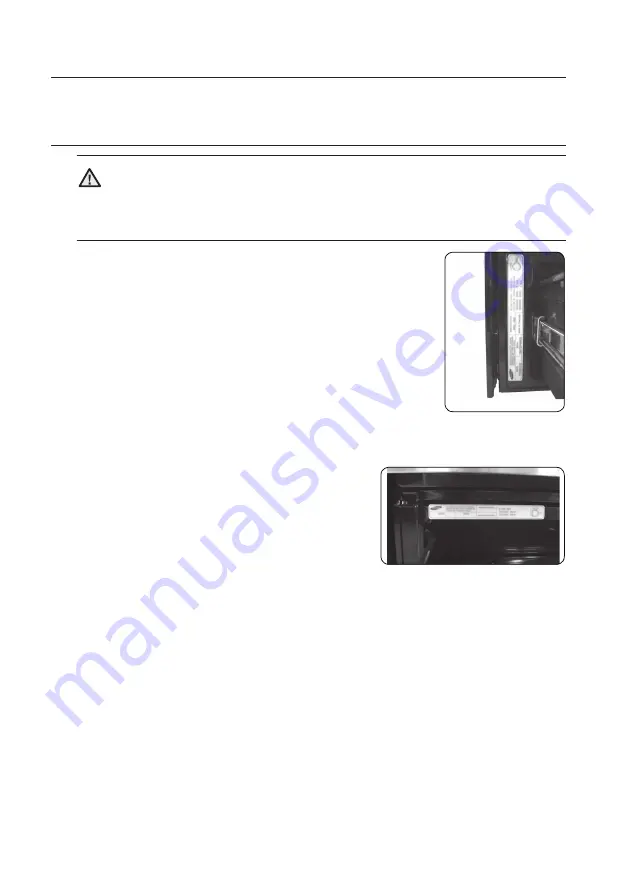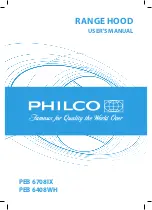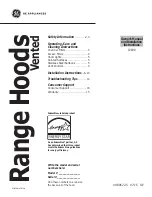
connecting the power
STEP 1. MEETING ELECTRICAL CONNECTION
REQUIREMENTS
CAUTION
CAUTION
For personal safety, do not use an extension cord
with this appliance. Remove the house fuse or open the circuit breaker before
beginning installation.
This appliance must be supplied with the proper voltage
and frequency, and be connected to an individual, properly
grounded branch circuit, protected by a circuit breaker or fuse
having amperage as specified on the rating plate. The rating
plate is located above the drawer on the oven frame.
(Fig. 1 or
Fig. 2)
We recommend you have the electrical wiring and hookup
of your range connected by a qualified electrician. After
installation, have the electrician show you where your main
range disconnect is located.
Check with your local utilities for electrical codes which apply
in your area. Failure to wire your oven according
to governing codes could result in a hazardous
condition. If there are no local codes, your range must
be wired and fused to meet the requirements of the
National Electrical Code, ANSI/NFPA No. 70–Latest
Edition. You can get a copy by writing:
National Fire Protection Association
Batterymarch Park
Quincy, MA 02269
Effective January 1, 1996, the National Electrical Code requires that new
construction (not existing) utilize a 4-conductor connection to an electric
range.
When installing an electric range in new construction, follow Steps 2 and 3
for a 4-wire connection.
You must use a 3-wire or 4-wire, single-phase A.C. 208Y/120 Volt or 240/120 Volt,
60 hertz electrical system.
If the electrical service provided does not meet the above specifications, have a
licensed electrician install an approved outlet.
Use only a 3-conductor or a 4-conductor UL-listed range cord. These cords may be
provided with ring terminals on the wire and a strain relief device.
(Fig. 1)
(Fig. 2)
English - 8









































